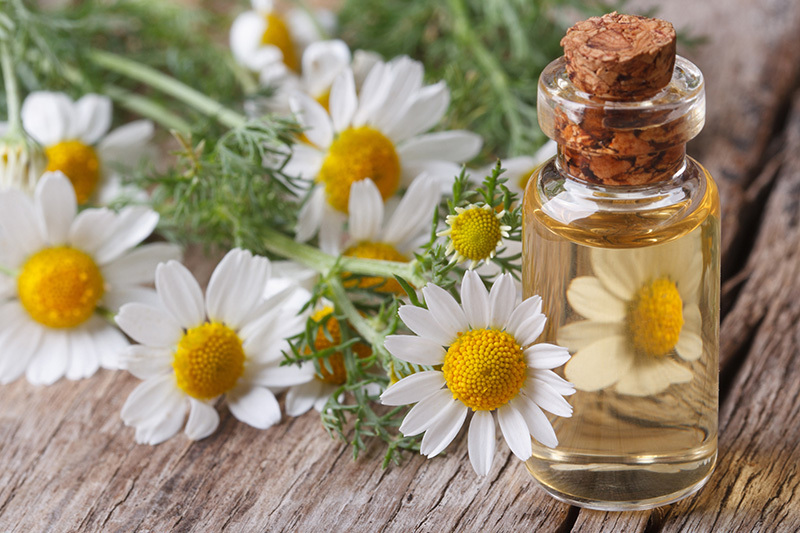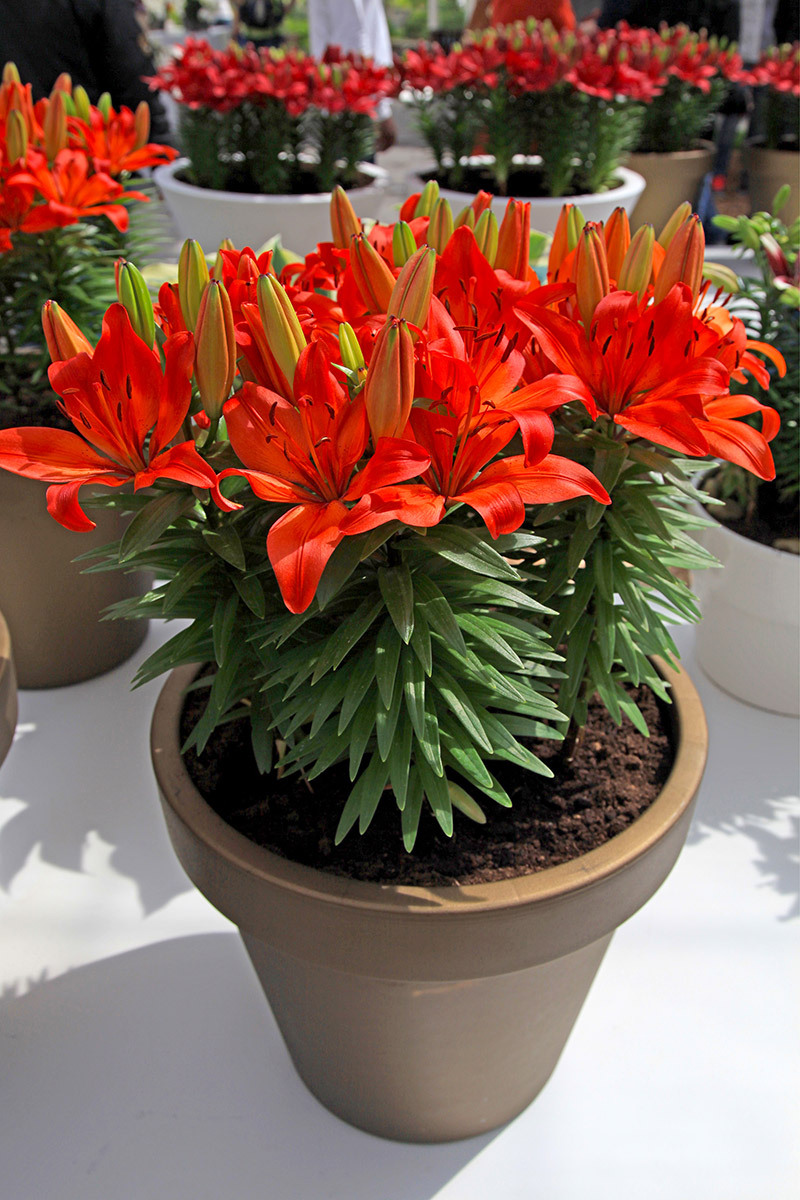Orchid Resilience: Insights into Effective Care
Posted on 14/08/2025
Orchid Resilience: Insights into Effective Care
Orchids are among the most resilient and captivating houseplants you can cultivate. Despite their reputation for being finicky, these botanical gems display remarkable endurance when given thoughtful care and attention. If you've ever wondered how to keep your orchids vibrant and thriving, this comprehensive, SEO-optimized guide will provide in-depth insights into orchid resilience and effective maintenance strategies. Let your journey to becoming an orchid expert begin!

Understanding Orchid Resilience: The Nature of Adaptable Beauty
Orchids belong to one of the largest and most diverse plant families--Orchidaceae. Their stunning flowers and intricate survival strategies have fascinated botanists and plant enthusiasts for centuries. What's the secret behind their persistence across every continent (except Antarctica)? Orchid hardiness lies in their unique adaptations.
The Evolution of Orchid Adaptation
Unlike many houseplants, orchids evolved to thrive in a variety of challenging climates--from tropical rainforests to arid mountaintops. Their epiphytic roots, drought tolerance, and water-storage structures allow them to survive where other plants can't. Understanding these natural traits is the first step to unlocking an effective orchid care routine that boosts their resilience at home.
Choosing the Right Orchid: Setting the Stage for Success
To nurture resilient orchids, start by selecting a species or hybrid that matches your local environment and lifestyle. Not all orchids require greenhouse-level care--some are surprisingly robust!
Popular, Hardy Orchid Types for Beginners
- Phalaenopsis (Moth Orchid): The most common and widely recommended, Phalaenopsis orchids are famous for their forgiving nature, long-lasting blooms, and availability.
- Cattleya: Known as the "Queen of Orchids," Cattleyas are cherished for their large, fragrant flowers and adaptability to indoor conditions.
- Dendrobium: With over 1,000 species, Dendrobiums can range from easy to advanced, but many hybrids are exceptionally durable and well-suited for home care.
- Oncidium: Sometimes called "Dancing Lady" orchids, Oncidiums thrive indoors and reward patience with abundant blooms.
Quick Tips for Selecting a Resilient Orchid
- Inspect leaves and roots for firmness and color-- avoid plants with mushy, brown roots or spotted leaves.
- Choose orchids actively in bloom or with healthy buds for the best chance of immediate success.
- Ask suppliers about the plant's temperature and humidity requirements before purchase.
Mastering Orchid Resilience: Environment and Care Principles
The cornerstone of effective orchid care lies in replicating the conditions that foster orchid resilience in their native habitats. Below, you'll find in-depth suggestions to maintain orchids with confidence and skill.
Light: The Foundation of Orchid Health
Orchids require bright, indirect light to thrive, but each type has its preferences:
- Phalaenopsis: Prefers filtered light, such as an east or shaded south-facing window. Avoid direct midday sun.
- Cattleya, Dendrobium, Oncidium: Often tolerate a bit more sunlight--early morning or late afternoon rays are ideal.
Watering: Preventing Pitfalls and Promoting Durability
- Under-watering: Leaves become shriveled, and roots look silvery and dry.
- Over-watering: The most common cause of orchid decline. Signs include mushy roots and yellowing leaves. Orchids store water in their roots, so they do not thrive in soggy environments.
Best Practices for Watering Orchids:
- Water once a week, or when the potting medium feels nearly dry to the touch.
- Use tepid, distilled, or rainwater whenever possible.
- Water in the morning to allow excess moisture to evaporate before nighttime.
- Let excess water drain completely from the pot--never let the roots sit in water!
Humidity and Airflow: Catalysts for Orchid Resilience
Most resilient orchids flourish with humidity levels between 40 and 70%. Dry indoor air, particularly in winter, can tax an orchid's health and reduce resilience.
Tips to Boost Humidity:- Place pots on trays filled with water and pebbles (keeping the pot above the water).
- Cluster plants together to create a microclimate.
- Mist leaves lightly, but beware of stagnant moisture, which can promote fungal growth.
- Ensure good air circulation using a small fan set on low, but avoid direct drafts.
Temperature: The Delicate Balance
- Most orchids (especially Phalaenopsis) prefer daytime temperatures of 65-80?F (18-27?C) and nighttime drops of about 10?F (5?C).
- Sudden temperature swings or long periods outside of their comfort zone can impede bloom cycles and affect overall vitality.
Potting Mix and Repotting: Securing Roots for Resilience
Orchid roots need both airflow and moisture. The right potting mix is essential:
- Phalaenopsis: Prefers medium-grade bark, sphagnum moss, or a blend.
- Cattleya, Oncidium, and Dendrobium: Do well in coarse bark, perlite, and charcoal mixtures.
Repot orchids every 1-2 years to prevent compacted medium which can suffocate roots and harbor disease.
Fertilizing for Long-Term Orchid Health
While orchid resilience is rooted in their adaptability, regular light feeding also fosters robust growth.
- Use a balanced orchid fertilizer (20-20-20 or similar), diluted to half strength.
- Feed every 2-4 weeks during active growth periods (spring and summer).
- Flush the pot with plain water occasionally to prevent fertilizer salt build-up.
Common Orchid Problems--and How Resilience Overcomes Them
Even the best-cared-for orchids sometimes face challenges. Orchid hardiness allows these plants to bounce back from issues--if you act quickly.
Root Rot
- Symptoms: Mushy, brown, or black roots with yellowing leaves.
- Remedy: Trim away affected roots, repot in fresh mix, and reduce watering frequency.
Pest Infestations
- Common invaders: Mealybugs, scale, spider mites, aphids.
- Remedy: Isolate the plant, wipe leaves with soapy water, or use an insecticidal soap safe for orchids. Maintain healthy air circulation to deter pests.
Bud Blast and Flower Drop
- Causes: Drastic temperature or humidity changes, improper watering, or ethylene gas from ripening fruits.
- Remedy: Stabilize the growing environment, avoid drafts, and place orchids away from fruit bowls.
Leaf Drop or Yellowing
- Often triggered by: Overwatering, lack of light, or aging leaves.
- Remedy: Adjust care, remove only naturally dying leaves, and monitor plant recovery.
Long-Term Strategies for Resilient Orchid Care
Building orchid resilience is more than just troubleshooting; it's about creating a stable and supportive environment that allows your orchid collection to flourish for years to come.
Schedule Regular Inspections
- Check leaves, roots, and potting medium weekly for signs of pests, rot, or stress.
- Early intervention lets you use the natural hardiness of orchids to your advantage.
Promote Stress-Free Bloom Cycles
- Encourage flower spikes by providing nighttime temperature drops in autumn.
- Resilient orchids often bloom every 6-12 months when well cared for.
Practice Patience and Observation
- Resilient orchids may take time to recover from setbacks, but with diligence, they will bounce back.
- Document changes with photos or notes to track progress over time.

Frequently Asked Questions About Orchid Resilience
- Why does my orchid stop blooming?
Blooming depends on careful seasonal cues. Ensure your care routines match the orchid's life cycle; sometimes, rest periods are natural. - What to do if orchid roots appear above the pot?
These are aerial roots--an adaptation showing strong orchid resilience. Mist them lightly; do not force them into the potting medium. - Can orchids bounce back after severe neglect?
Absolutely! With prompt removal of damaged roots/leaves, improved care, and patience, most orchids can make a strong recovery.
Conclusion: Celebrating Orchid Resilience with Effective Care
Cultivating resilient orchids isn't about perfection, but about understanding their natural needs and providing a nurturing environment. By emulating their native habitats and responding proactively to their signals, you will discover that orchid resilience is not just a botanical miracle, but an achievable result for every dedicated grower. Whether you are a beginner or a seasoned collector, your journey with orchids can be a rewarding lesson in patience, beauty, and adaptability.
Embrace these insights and transform your orchid care routine. With the right approach, even the most delicate-looking orchids will demonstrate astonishing resilience and reward you with years of blooming brilliance.
Now it's your turn: Ready to grow resilient orchids?
Share your experiences and questions below--let's cultivate a passionate community rooted in the joy of effective orchid care!
Latest Posts
Top Floral Picks for Celebrating Their Birthday
Work Smarter with These Low Maintenance Office Greenery
Blossoming into Better Well-Being with the Power of Flowers
Journey Through the Sunflower Field with 8 Hidden Facts
Strategies to Keep Your Poinsettias Looking Lively and Fresh







